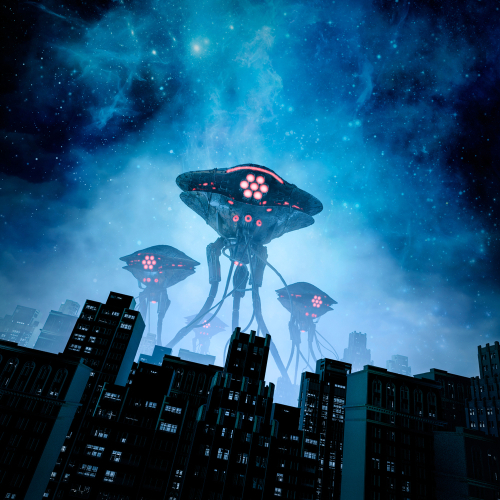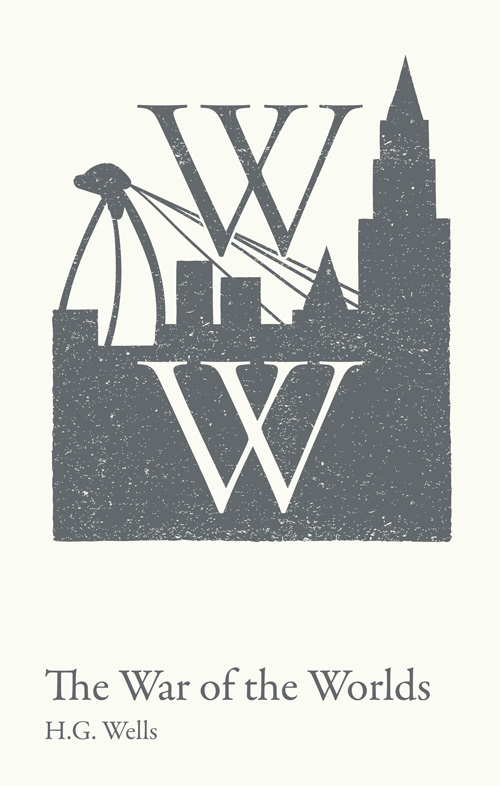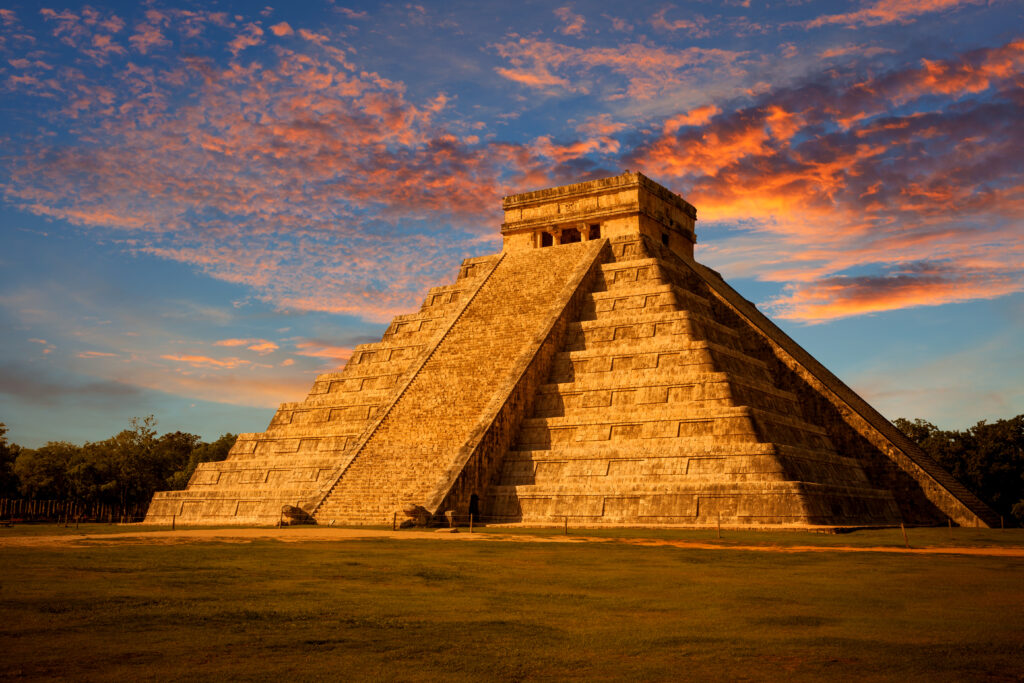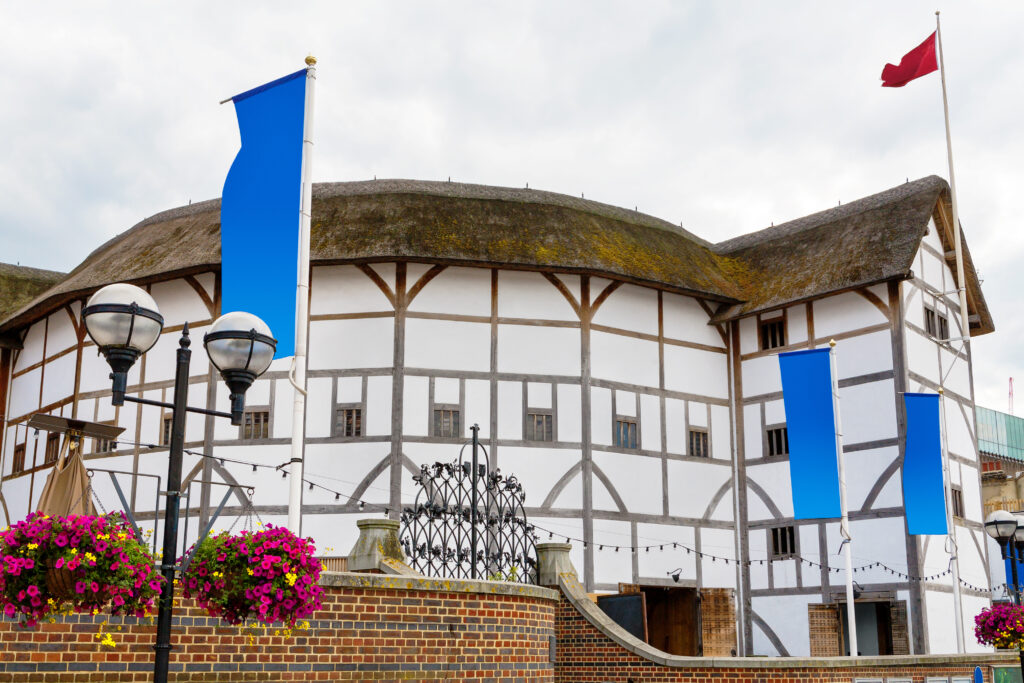Over 120 years ago Wells’ science fiction novel The War of the Worlds (1898) presented Victorian readers with a frankly terrifying answer to the question of whether there is life on Mars. Now in 2020, with wonderful synchronicity, the team behind the latest NASA Mars space mission have made it their guiding principle to ‘Seek Signs of Life’ on the Red Planet. This Summer, the planets of Earth and Mars aligned to create this perfect opportunity for a new Martian exploration. The name given to the exploration robot – Perseverance – reflects how far we are still prepared to go to answer the big question: are we alone?
There has never been a more fitting time to teach The War of the Worlds: a late 19th Century novel which not only speaks to us of the skies and stars, but which also tackles human arrogance. ‘Yet so vain is man’ says Wells’ narrator in the opening chapter. Humanity’s supposed superiority as a species is called into question in the novel by the ‘vast, cool and unsympathetic’ Martian invaders who pitilessly conquer Earth. When human weapons fail, it is ultimately the smallest living micro-organisms that defeat the Martians. Wells’ novel, therefore, is a tribute to the power of the ‘humblest things’: the ‘germs of disease’. Considering this novel now in the context of a global pandemic, teachers have an incredibly topical and profound starting point for student reflection and discussion.
Here are some activities and discussion points to set for your GCSE students as classroom work or tasks to support learning at home.
Activities and Discussion Points
- Genre
Ask your students to think about the typical elements of a science fiction story. What characters, settings and situations might they expect to find?
Collect ideas from the class under three headings – like the example below. If your students are struggling for inspiration you can use some or all of the ready-made suggestions provided in the table.
| character | setting | situation |
| lonely ship’s commander | laboratory | invasion |
| dedicated scientist | deserted spaceship | landing on a new planet |
| junior officer | surface of a new planet | lost in space |
| newspaper reporter | military camp | alien contact |
| alien visitor | space observatory | last days on Earth |
Next, ask them to choose one element from each category and use these to write the opening paragraphs of their own science fiction story.
- War and conflict
It is important that students understand how unsettling Wells’ portrayal of war and conflict would have been for late-Victorian readers – particularly given that in The War of the Worlds humanity is on the losing side. Ask students to read Chapter Sixteen ‘The Exodus from London’, looking closely at the passage from ‘Edgware had been a scene of confusion…’ to ‘Way! Way! The Martians are coming!’. Discuss how Wells creates a sense of panic and chaos here as terrified crowds flee the Martian attack.
You could use the following prompts and ask students to find an example for each from the passage:
- powerful dynamic verbs suggest movement and chaos
- listing gives sense of crowd and mob
- use of direct speech – exclamatory sentences showing panic
- rule of three
- negative adjectives highlighting desperate state of people in crowd
- repetition of key words.
How do students feel when they read this? Have they read or can they find any descriptions of war and conflict in the 20th century? How do they compare?
- British Empire
‘The Tasmanians… were entirely swept out of existence in a war of extermination waged by European immigrants, in the space of fifty years.’ In what ways can we read The War of the Worlds as a warning about Victorian imperialism?
As a way into this important contextual topic, students could create an individual timeline or contribute to a classroom timeline display about the British Empire in 1896 and beyond. What countries were under British rule at this time? When and how did these former colonies become independent?
Here is a link to a useful timeline.
There is also the recent TV series and book by historian David Olusoga Black and British: A Forgotten History which also provides challenging and relevant points for discussion.
- Creative responses – shifting perspective
It is crucial that students understand the structure of the novel as a whole and how it is narrated. Wells leaves all of his major characters unnamed. How do students respond to this? What effect does this have?
As well as noting details about each of the unnamed main characters – the narrator, the curate, the artilleryman and the narrator’s brother – students should collect key quotations that reveal how each character acts, speaks and responds to events in the novel. Interesting creative responses can come from shifting perspective: ask students to write a diary entry or letter from the perspective of one of the minor characters: the narrator’s wife, Ogilvy the astronomer, Henderson the journalist or one of the Elphinstone Ladies.
- Language
As a former science teacher and avid supporter of Darwin’s evolutionary theory, Wells repeatedly used Victorian scientific language and terminology in his fiction. The definitions provided in notes to the Collins Classroom Classics edition of The War of the Worlds can be used as a glossary of scientific terms to help students’ understanding of the novel.
For a more precise focus on scientific language, ask students to look closely at the description of the Martians and their technology in Book Two, Chapter Two ‘What We Saw from The Ruined House.’
What is the effect of this detailed scientific observation?
In what ways are the Martians physically different from humans?
Are there any clues here that the Martians may, in some ways, be vulnerable?
You could now ask students to write a similar scientific observation of a human from an alien point of view.
- Setting – tracking the invasion
Wells said of The War of the Worlds that ‘from first to last there is nothing in it that is impossible’ and one of the most characteristic features of the novel its use of extraordinary events in ordinary places in and around London. Wells used his own hometown of Woking as the focus for events the novel to make the invasion seem even more realistic.
Each chapter is full of place names which can be plotted, like the route of an invading army, on a map of London and its south west suburbs. This could be used to create a classroom display. Students could also try using real place names from where they live in the form of a news report about an alien attack.
By Maria Cairney, writer and sixth form English teacher. Maria has written introductions to Collins Classroom Classics editions of The War of the Worlds, King Lear, Much Ado About Nothing, Great Expectations and Wuthering Heights.
Collins Classroom Classics are KS3, GCSE and A-level set texts and plays that are perfectly pitched for students.
View the full range, including H.G. Wells’ The War of the Worlds for GCSE students.
Read our teaching tips for other Classroom Classics set texts:
- Top tips for exploring Hamlet’s key themes
- Top 10 ideas for teaching Frankenstein at home
- Considering Macbeth’s Soliloquies




